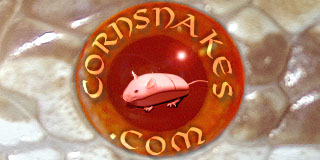Chromatic Corns
Just one more
So originally my tank had nice moist ecoearth on one side and reptibark on the other (I hate aspen). They spent all their time buried in the ecoearth but the logs started to mold. I let the ecoearth dry out too much while I was away and now they are constantly in the bark under their water dishes. I sprayed the ecoearth today but I don't want mold problems again. How do I keep the humidity up but mold down? They obviously prefer the moisture. Maybe I need to replace the logs with stone caves instead?
